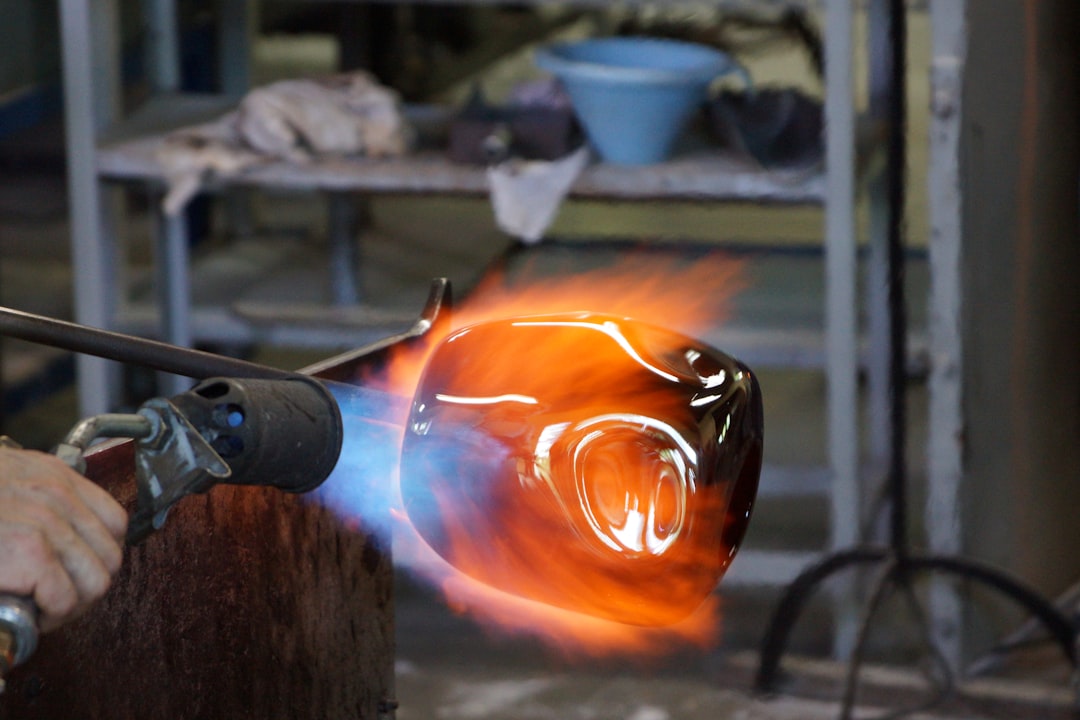What is it about?
A study about the effect of γ-sterilisation on the biodegradation of polyolefins. Films of isotactic polypropylene, high-density polyethylene and ethylene–propylene (EP) copolymers were sterilised under γ-radiation with doses of 10 and 25 kGy. Neat and sterilised samples were incubated in compost and fungal culture environments. The changes in functional groups, surface morphology and chain scission in polymer chains were characterized by FTIR spectroscopy, SEM and viscometric measurements, respectively.
Featured Image

Photo by John Cameron on Unsplash
Why is it important?
Polyolefin-based commodities are widely used as biomedical devices and food packaging after γ-sterilisation.
Perspectives
A gradual decrease in intrinsic viscosity [η] and increase in carbonyl and hydroxyl regions in FTIR spectra were found for the γ-sterilised samples as a function of increasing dose. Polypropylene was found to be more susceptible to both radio-oxidation and biodegradation. It was observed that in case of ethylene–propylene copolymers, extent of γ-sterilisation and/or biodegradation depends on the composition and distribution of comonomers. Important surface erosion was detected by SEM, for higher sterilisation doses, after composting.
Dr Pratheep K Annamalai
University of Queensland
Read the Original
This page is a summary of: Biodegradation of γ-sterilised biomedical polyolefins under composting and fungal culture environments, Polymer Degradation and Stability, May 2006, Elsevier,
DOI: 10.1016/j.polymdegradstab.2005.07.004.
You can read the full text:
Resources
Contributors
The following have contributed to this page










